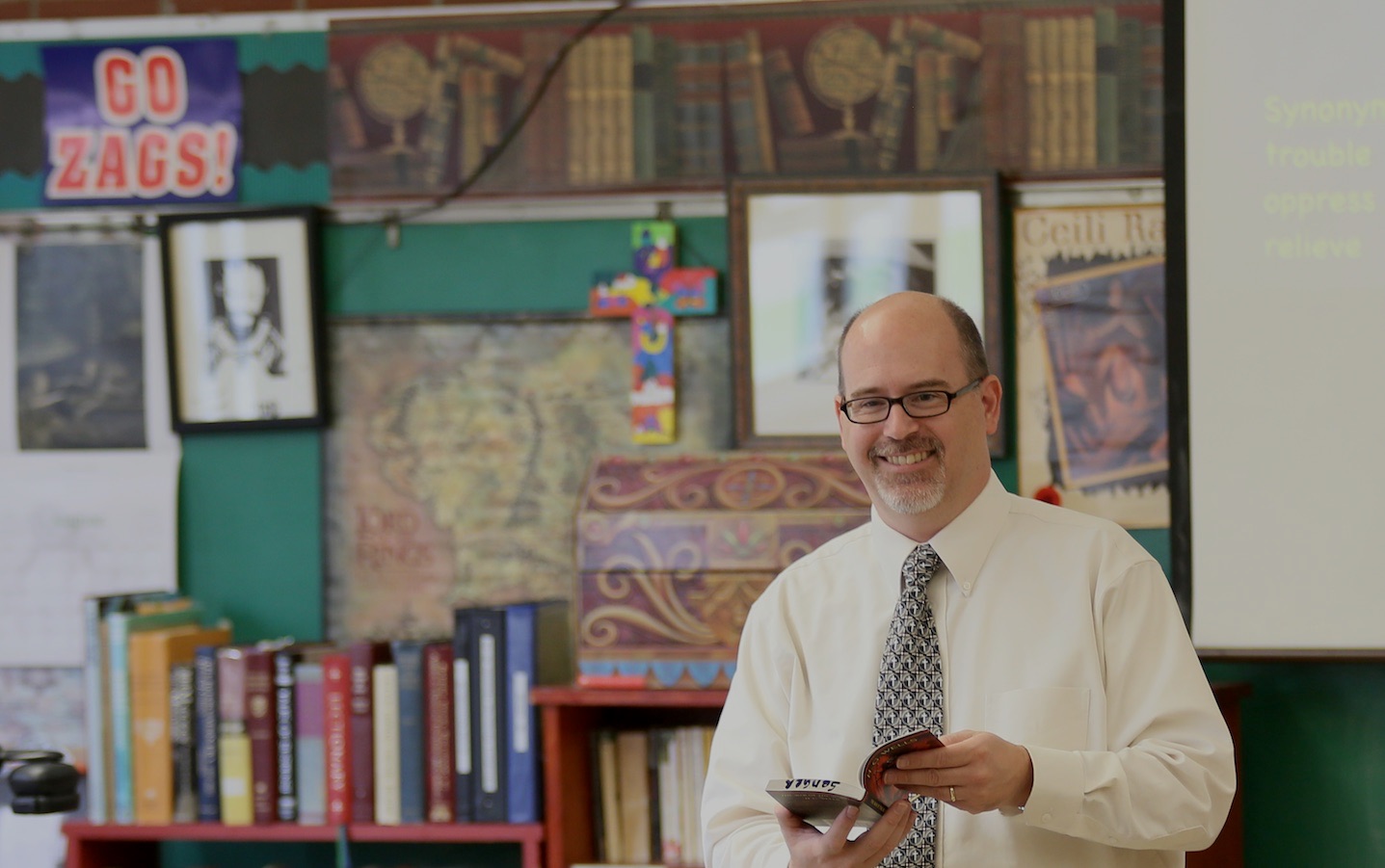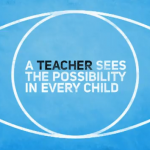![]() A while back I wrote a post about using YouTube videos in the Catholic classroom. Here’s one of my favorite YouTube videos to use at the beginning of the school year to help students be more aware of God’s presence. It can also be used in faculty meetings to help remind teachers to look for the ways God works in their school day. If you teach in a Jesuit school, it might be a good video to use when teaching the examen.
A while back I wrote a post about using YouTube videos in the Catholic classroom. Here’s one of my favorite YouTube videos to use at the beginning of the school year to help students be more aware of God’s presence. It can also be used in faculty meetings to help remind teachers to look for the ways God works in their school day. If you teach in a Jesuit school, it might be a good video to use when teaching the examen.
I’ve written a few points for discussion but watch the video closely yourself first to avoid spoilers.
For Meditation/Discussion:
- God is always present in our lives, but we often fail to see him. We get caught up in the details, the busyness, the distractions of our day-to-day lives–in other words, we get so busy counting the passes that we miss the moonwalking bear. God is the moonwalking bear, and when we notice him, we can’t help but break into a smile.
- When was the last time you noticed a “moonwalking bear” in your own life? What was it?
- What are you so focused on that you miss the moonwalking bear?

 Teacher Appreciation Week is upon us, and just in time, as Spring fever has begun to bloom (in both students and teachers!). To celebrate with you I’ve selected the following videos to inspire and entertain; some will make you laugh, some will make you cry–just like teaching. Pass them along as you see fit.
Teacher Appreciation Week is upon us, and just in time, as Spring fever has begun to bloom (in both students and teachers!). To celebrate with you I’ve selected the following videos to inspire and entertain; some will make you laugh, some will make you cry–just like teaching. Pass them along as you see fit.
 When I taught Amy she was a bright, athletic, beaming eighth grader. She loved her older sister, her younger brother, and playing soccer. A short two years later, her body was ravaged by leukemia, and after a long and valiant battle, she passed away. Attending her funeral was one of the most difficult things I’ve ever done. And yet, though it was many years ago, I still remember the theme of the homily: Amy’s life is changed, not ended.
When I taught Amy she was a bright, athletic, beaming eighth grader. She loved her older sister, her younger brother, and playing soccer. A short two years later, her body was ravaged by leukemia, and after a long and valiant battle, she passed away. Attending her funeral was one of the most difficult things I’ve ever done. And yet, though it was many years ago, I still remember the theme of the homily: Amy’s life is changed, not ended. Enjoy this wonderful food court flash mob this weekend as we celebrate the Solemnity of Christ the King:
Enjoy this wonderful food court flash mob this weekend as we celebrate the Solemnity of Christ the King: